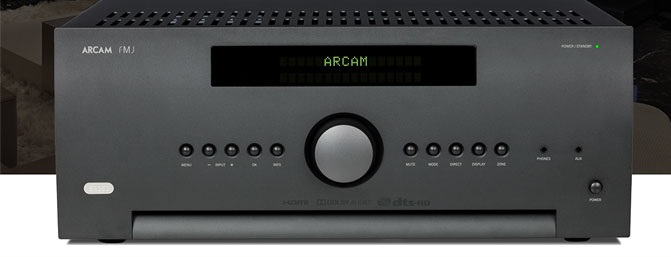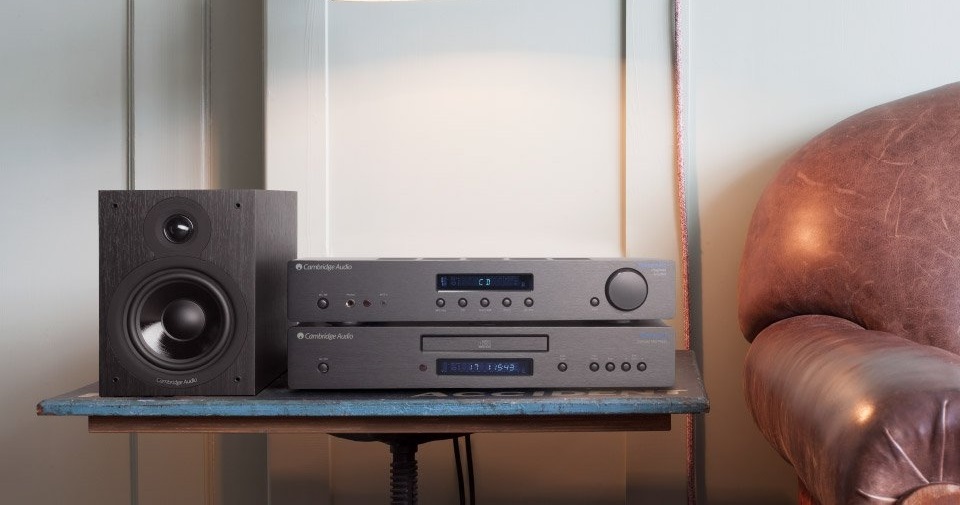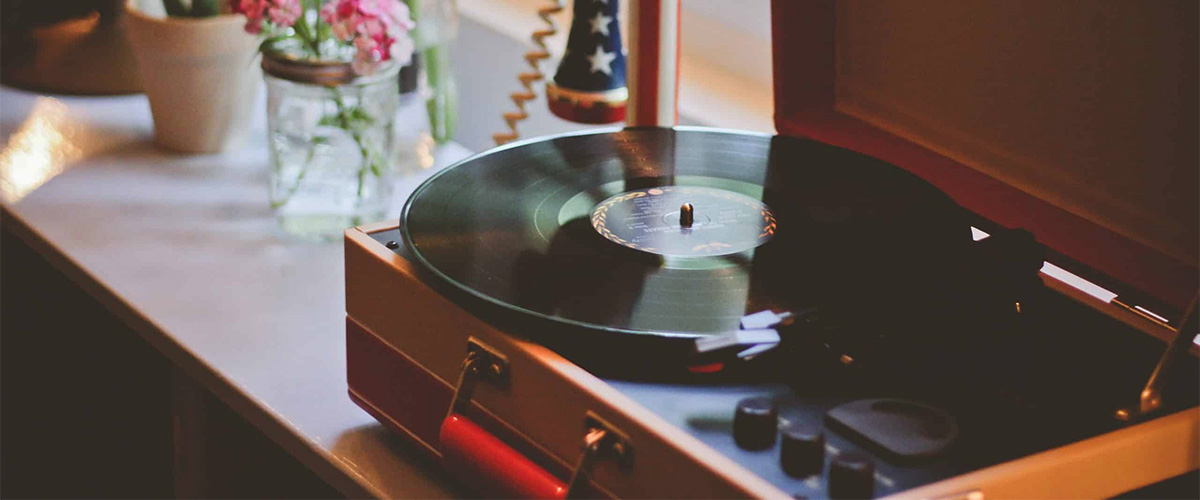Choosing a good device for listening to music is not an easy task since there are many models and not everyone can figure it out. That’s why this article was written, which will help you understand the main aspects and later enable compare av receivers side by side on chooserator.
What is the stereo receiver
A receiver is used to pick up the audio signal from a source device, process it to increase its power, and ultimately send out a signal strong enough to play the speakers.
The receivers also have a radio tuner capable of picking up the waves of the AM and FM bands. Some recent models also offer the possibility of connecting to the web (by wifi or network plug) for access to internet radios.

Connections
You should pay attention to the rear panel of the receiver where should be all necessary connections to meet everyone’s needs.
For every day, the following connectors will be enough:
Analog RCA inputs to connect several more standard devices (CD player, external radio tuners, cassette deck).
Optical and coaxial inputs, practical to use, for example, the sound of a Blu-Ray player or simply an older CD player enjoying the processing quality of an audio converter more recent.
A USB type B to connect a computer as a music source. This connection is very popular with audiophiles who want to listen to music in high-resolution format, whether purchased on a hi-res album sales site or to use a streaming music platform.
A USB type A to connect external media.
Some modern receivers offer wireless options. Bluetooth, Airplay, and network connectivity via a multi-room application are offered for simple use, controlled via a smartphone or tablet.
A PHONO to connect a turntable and listen to vinyl records.

Specs
It is also worth paying attention to technical specifications.
The power
The power of a stereo amplifier should work in correlation with the power demanded by our pair of speakers. This is called the minimum required and maximum allowable power of the speakers. This proposed power window is expressed in watts. A weaker amplifier will give a thin, directional sound, while an overpowered amplifier that is not used properly could cause damage to the speakers. For pleasant, well-balanced sound, an amplifier with adequate power is required.
The harmonic distortion rate
Also to take into account: the harmonic distortion rate. Value calculated as a percentage, it measures the magnitude of the deformations undergone by the sound signal. The lower the harmonic distortion rate, the higher the quality of signal processing and therefore, faithful. These values can almost always seem small at first (usually less than 1%), but a difference of, for example, 0.10% to 0.01% is huge and easily audible, especially with good speakers.
The impedance
The impedance of a pair of speakers (expressed in ohms) has a direct influence on the power consumption of the amplifier. Most speakers on the market have an impedance of 8 ohms, but it is not uncommon to find speakers with different specifications. It is therefore important to select an amplifier capable of managing its speakers. For example, if you have a pair of speakers with an impedance of 4 ohms, you need to connect them to an amplifier whose technical capabilities can handle this demand.
Note that an amplifier can only handle one impedance at a time, even if it is capable of handling different impedances separately. If you connect more than one pair of speakers to the same amplifier (including home theater systems), all of them must be of the same impedance.

